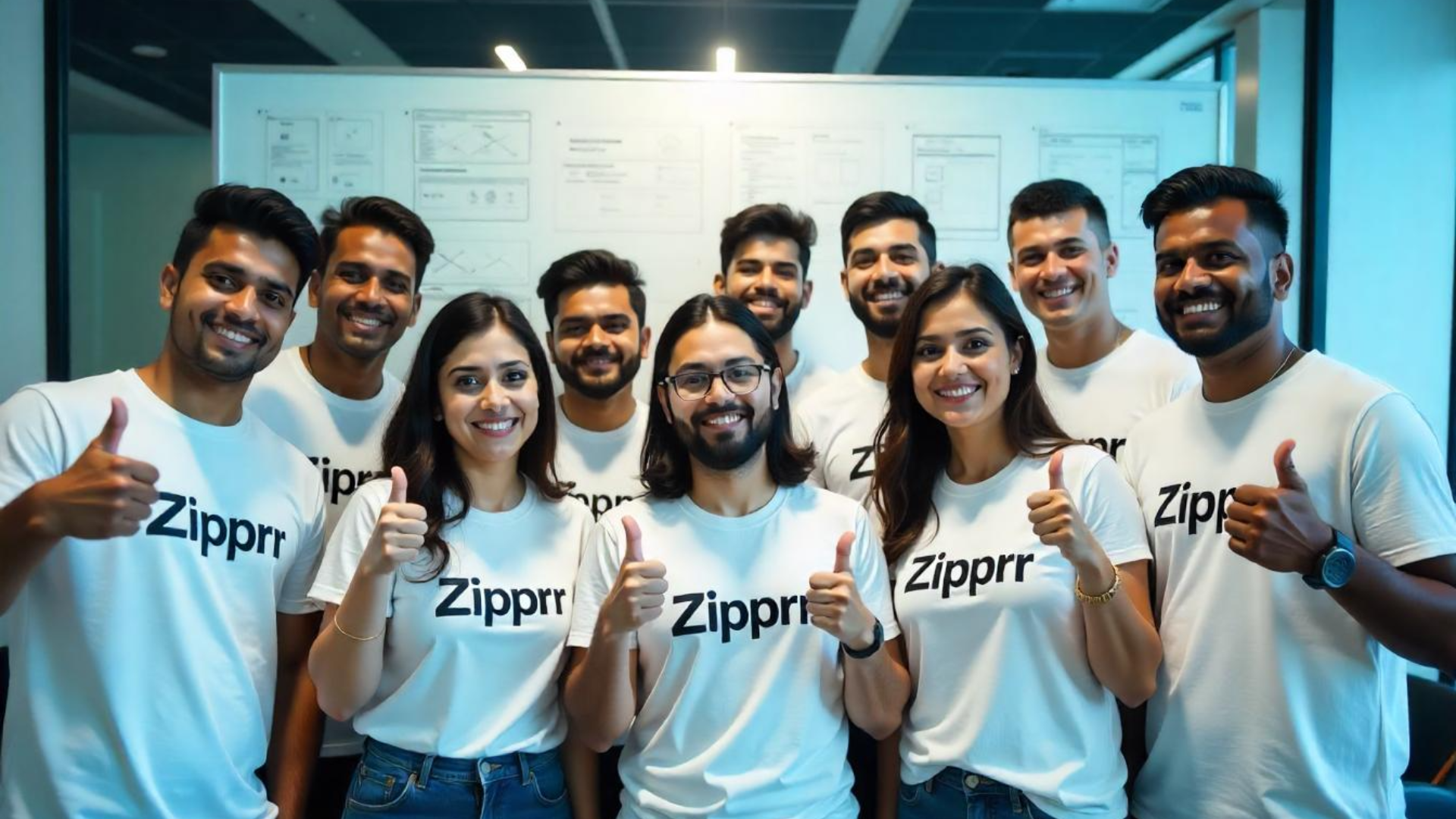Online travel agencies like Expedia and Booking.com have transformed hotel booking, with over 35% of reservations now happening on OTAs. But with so many sites, finding the best deal can be tricky. That’s where metasearch engines like Trivago come in. By aggregating results across booking sites, meta-sites help travelers find the lowest prices through comparison.
With nearly 40% of people now using metasearch for hotel booking, building your own site like Trivago could be a great business opportunity. The key is partnering with lots of OTAs through affiliate programs to compile real-time rates.
Background Story of Trivago
Trivago has grown from a small German startup to a worldwide leader in hotel metasearch. The Düsseldorf-based company was founded in 2005 by three friends: Rolf Schrömgens, Peter Vinnemeier, and Malte Siewert.
The founders saw an opportunity to build a better hotel search engine by aggregating real-time rates and availability from different booking sites. They launched Trivago focused specifically on helping travelers find affordable hotel deals.
- Within a year, Trivago expanded from Germany into Spain, France, and Italy.
- By 2012, just 7 years after launch, Trivago had sites in 33 countries and 26 languages – establishing themselves as a major player in metasearch.
Riding the wave of growth in online travel, Trivago accelerated rapidly. They began running successful TV advertising campaigns around the world, boosting brand awareness. Revenue numbers surged year after year.
- In 2016, Trivago went public in a $400+ million IPO, capitalizing on its meteoric rise.
- Later in 2016, Expedia Group acquired a majority stake in Trivago for $564 million – cementing Expedia’s leadership position in online travel.
With Expedia’s backing, Trivago continued expanding its technology and marketing globally. Today, Trivago remains one of the top hotel metasearch sites in the world. Their focused vision took them from a scrappy German startup to a global success story in just over a decade.
Trivago's Revenue Model
Trivago essentially makes money by referring traffic to online travel agencies. They have three main revenue streams:
Referral Commissions
This is Trivago’s core business – sending users to OTAs and getting paid when they book. For each traveler that clicks from Trivago to an OTA site and completes a booking, the OTA pays Trivago a referral commission. This accounts for 85% of Trivago’s revenue.
Cost-Per-Click
Some OTAs pay Trivago on a cost-per-click basis instead of on commission. Here, Trivago earns money simply when a user clicks from their site to the OTA’s site, regardless of whether they book. This model is less common, making up 15% of revenue.
Advertising
The final slice of revenue comes from advertisers paying to promote their listings on Trivago’s site. Hotels, OTAs, and others pay for preferred placement in search results, highlighting deals, etc. This advertising revenue remains relatively small but is growing over time.
By leveraging these three models, Trivago has built a very profitable business matching travelers with OTA partners.
How to Create a Hotel Booking Website Like Trivago
Step 1: Choose a Metasearch Model
The core of your site will be a metasearch engine that pulls real-time rates from OTAs. You want to compile listings from as many booking sites as possible so users can compare all their options in one place.
Plan for two main types of integration:
- Direct API connections to OTAs – This allows for seamless real-time pricing and availability. Not all OTAs offer API access so you’ll need to establish partnerships.
- Web scraping – For OTAs with no API access, you can scrape their sites for data. This requires building a robust scraper and monitoring for changes to the sites.
No matter the method, strive for comprehensive coverage across major OTAs, hotels, regional sites, etc. The wider your net, the better the deal-hunting experience for users.
Step 2: Partner with OTAs
Once your platform is built, you need to establish partnerships with OTAs to tap into their inventory. Reach out to commercial teams at sites like Booking.com, Expedia, Hotels. com and propose an affiliate marketing arrangement.
This gives you access to their listings in return for referral commissions when users book through your links. Negotiate for the best commission rates based on volume. The more OTAs on board, the more revenue potential.
Step 3: Craft a User-Friendly Interface
Your site UI is make-or-break. Travelers need to easily search, filter, compare, and book the lowest rates. Prioritize:
- Intuitive search forms – location, dates, occupancy, amenities, etc.
- Sorting and filters – price, star rating, free cancellation, etc.
- Side-by-side rate comparison, ideally in a table view.
- Striking visual designs for property listings.
- Seamless booking flows from search to checkout.
Optimize for speed – metasearch competitors like Kayak load in under 2 seconds. The faster your results, the better the user experience.
Step 4: Enable Comprehensive Comparisons
A key advantage over single OTAs is your site’s ability to compare real-time prices across multiple sources. Pack your comparison features with:
- Dynamic rate tables update as filters are applied.
- Rate heat maps showing price ranges and cheapest days.
- Price drop alerts for tracked listings.
- For extra value, add historical price graphs so users can predict the best rates.
Step 5: Integrate Promotions and Deals
In addition to listings from OTAs, you can directly work with hotels to promote exclusive deals for your platform.
Offer options like:
- Featured promotions across the site and in search results.
- Coupon codes and percent-off sales for your users.
- Email newsletters with current deals matched to user history.
- Limited-time flash sales for engaged subscribers.
This gives travelers an extra incentive to book through your platform.
Step 6: Incorporate User Reviews
User-generated reviews and ratings are make-or-break for travel sites. They bring huge SEO value while helping travelers vet properties.
Allow users to submit reviews and an overall rating on:
- Cleanliness, amenities, and staff for each hotel.
- Room categories like standard, deluxe, family, etc.
- Dining, recreational facilities, and other on-site services.
Moderating submissions is essential to prevent abuse. Also, consider verified stay reviews from users who booked via your site.
Step 7: Scale With Powerful Technology
A key challenge is building robust technology to handle large data loads and traffic spikes. Plan for high scalability via:
- Cloud hosting on platforms like AWS that easily scale.
- Caching layers, indexing, and database optimization.
- Horizontally scalable microservices architecture.
- Scraping bots and pipelines to keep OTA data fresh.
Also, budget for extensive QA testing and security audits before launch.
Step 8: Market Your Brand
Once built, you need major marketing efforts to drive awareness and site traffic. Multi-channel strategies like:
- SEO-optimized content to boost organic search rankings.
- Paid SEM and display ads on Google, Facebook, and travel sites.
- Affiliate marketing programs to incentivize referrals.
- Social media campaigns and influencer partnerships.
- Retargeting campaigns for travelers who searched on your site.
Ideally, build an initial marketing war chest for 6-12 months of intensive spending to gain traction.
Step 9: Analyze Performance
Continuous analysis is required to optimize conversion rates and revenue:
- Implement analytics software to track key metrics.
- A/B test variations of site design, promotions, etc.
- Analyze user behavior flows to improve the booking funnel.
- Personalize site experience based on traveler history and demographics.
- Monitor OTA partnerships and trim lower-performing ones.
By constantly optimizing based on data, you can maximize revenues long-term.
Biggest Challenges of Making a Site Like Trivago
Development Costs
A major undertaking is building the core search and comparison engine technology. You need to aggregate real-time pricing and availability across a vast number of OTAs, hotels, and listings. This requires substantial engineering resources to handle large data loads, implement caching and indexing, and optimize speed. As traffic scales, the platform must be highly redundant and scalable. There is a significant upfront development cost before even having an MVP.
Forging OTA Partnerships
Metasearch models rely on affiliate partnerships with major OTAs to source inventory and generate booking commissions. This involves business development efforts to pitch OTA commercial teams and negotiate favorable terms. You’ll need relationships with players like Booking.com, Expedia, Hotels.com, etc. Integrations must be built, tested, and maintained with each partner. Without a strong OTA network, you have no product.
Driving High Traffic Volume
The metasearch business only thrives at scale. Without significant volumes of site visitors performing hotel searches, your revenue potential is severely limited. This requires major upfront and ongoing marketing spend to build awareness and drive traffic through SEM, social, affiliate partnerships, and other channels. Marketing costs could easily match development costs.
Fierce Existing Competition
The space is dominated by entrenched players like Trivago, Kayak, and Google Travel. They have vast engineering resources, established branding, and optimized marketing funnels. Trying to compete head-on with them as a young startup is incredibly difficult. You must find creative ways to differentiate and add value beyond just aggregating OTA rates.
Optimizing Relevancy
Providing users with relevant, personalized results is key but challenging. The search algorithms must weigh factors like price, location, star ratings, and user preferences to match searches with ideal hotel options. Fine-tuning these systems requires significant data analysis and testing. The larger OTAs you integrate, the more noisy results can become.
How Much Does it Cost to Build a Site Like Trivago
With $50,000 USD, you can build an early-stage MVP metasearch site with basic capabilities. This would cover:
- Technology Development – For a simple site, plan $25,000 for an engineer to build the core search/comparison functionality. You won’t be able to integrate many (if any) OTA APIs at this stage. Scraping may be required.
- Design – Allocate around $5,000 for a clean, usable interface and branding. Custom graphics and assets will be limited.
- OTA Partnerships – No budget for business development and formal partnerships. You may be able to establish informal affiliate relationships by reaching out directly to smaller OTAs.
- Marketing – Spend $5,000 on content creation, social media, and SEO basics to draw initial traffic. Paid advertising will be very limited.
- Ongoing Costs – Plan for $10,000 as a buffer for hosting, maintenance, and operations.
While an MVP site can technically be built for $50,000, additional funding would be needed to scale up capabilities, inventory, marketing, and growth. Significant future investment required to compete with established players.
Wrapping Up
Trivago’s meteoric rise demonstrates the huge potential rewards in travel metasearch. But replicating their success takes serious technology and business savvy. That’s where Zipprr comes in. Our revolutionary pre-built metasearch platform enables you to launch hotel booking platform with Trivago clone script.
While competitors like Expedia seem untouchable, the online travel industry craves fresh ideas and better user experiences. With Zipprr’s turnkey solution, customizable design, and built-in OTAs integrations, you can focus on delighting travelers rather than grunt engineering work. Metasearch still represents a multi-billion dollar opportunity. So why not let Zipprr give your startup an unfair advantage? With our expert guidance, your travel site can become the next iconic brand in online booking.
Frequently Asked Questions [FAQs]
What are the other major metasearch sites?
The leading alternatives to Trivago for hotel metasearch are Kayak, TripAdvisor, Momondo, and the Google Travel price comparison tool. These platforms aggregate results from Expedia, Booking.com, and other OTAs to allow travelers to compare real-time rates in one place before booking.
How does Trivago make money from referrals?
Trivago generates most of its revenue from commissions when users click from their site to booking partners like Expedia and complete a hotel reservation. The OTA then pays an agreed percentage or flat fee to Trivago for referring the qualified booking. This affiliation model is a win-win, driving customers to OTAs while rewarding Trivago for the traffic.
What are the latest trends in travel search?
Some emerging trends in metasearch include increased personalization with predictions based on past trips, expanded filter capabilities, loyalty programs for regular users, and more streamlined booking on mobile. There is also growing use of artificial intelligence and machine learning to better match travelers with ideal hotel options. The competition remains fierce to improve relevancy.







